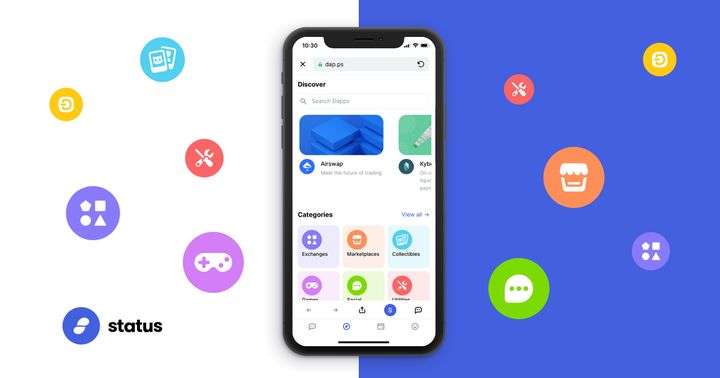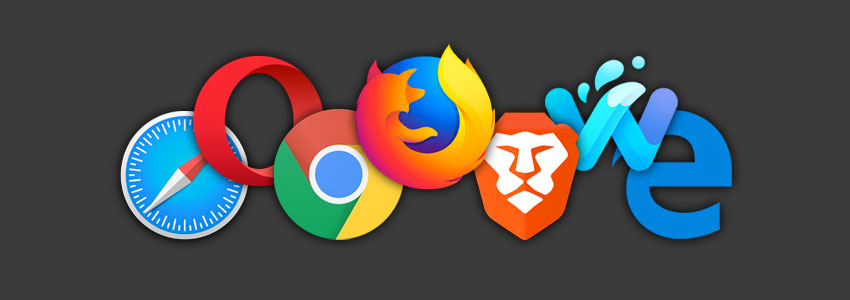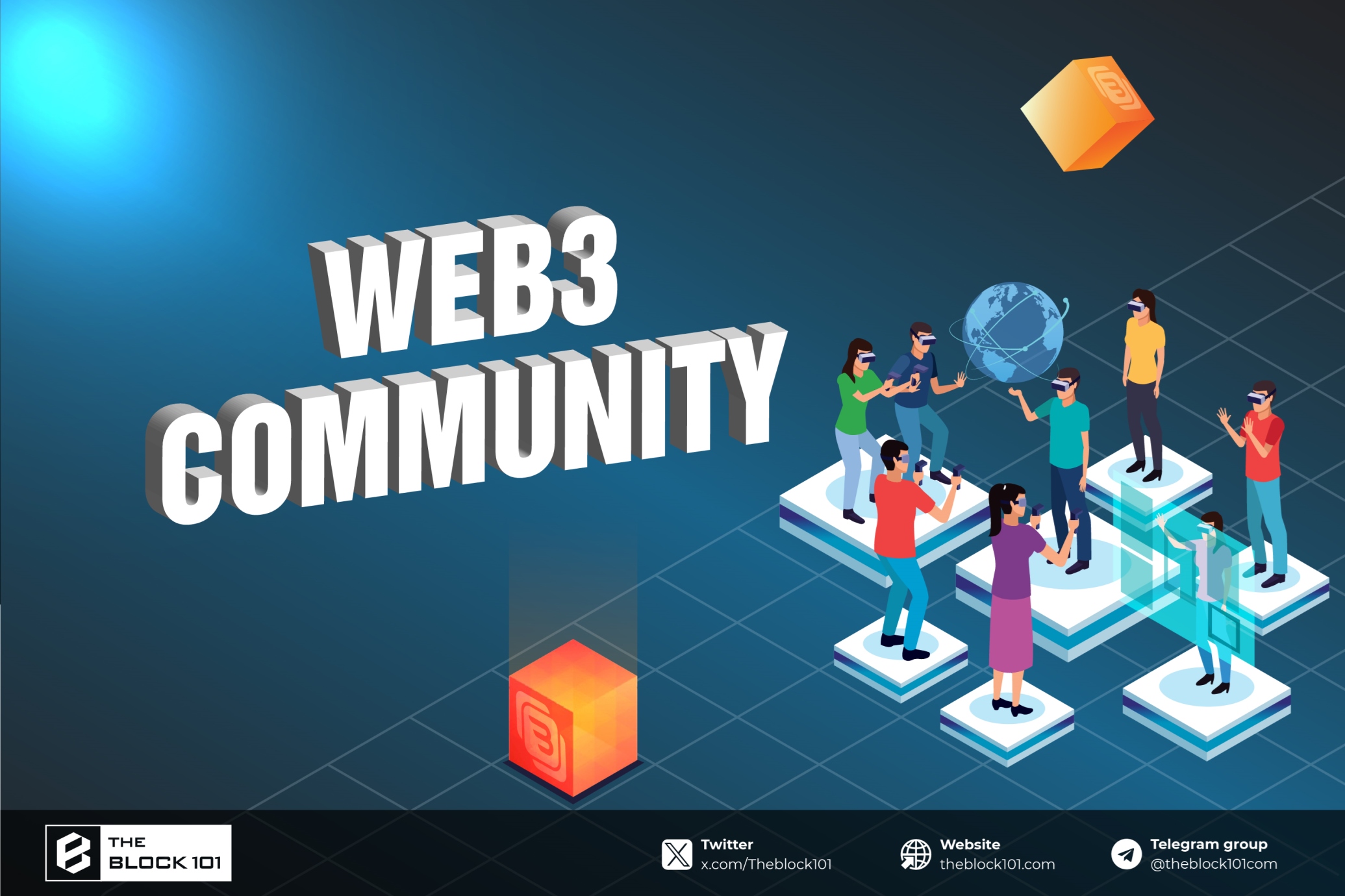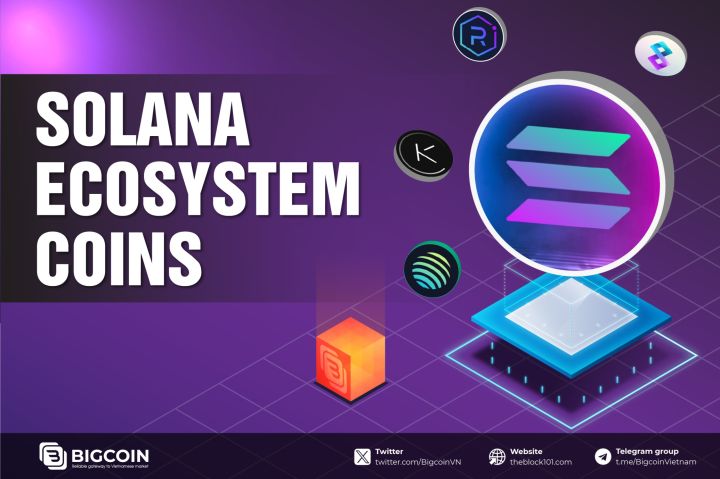1. What is a Web3 Browser?
.png)
A Web3 browser is a type of web browser designed to interact with decentralized applications (DApps) and the decentralized web, also known as Web3. Unlike traditional Web2 browsers (such as Chrome, Firefox, or Safari), Web3 browsers are built to support blockchain technology, providing users with a more secure and private browsing experience. These browsers integrate cryptocurrency wallets, enable decentralized content sharing, and allow users to access services on decentralized networks without relying on centralized intermediaries.
Web3 technologies like distributed ledgers, the Metaverse, and artificial intelligence all contribute to creating a more open, transparent, and user-centric internet. By using a Web3 browser, users can take full advantage of the benefits of blockchain, such as anonymity, control over personal data, and secure transactions.
2. Key Features of a Web3 Browser

- Immutable Ecosystem: Web3 browsers ensure that content on the internet is immutable, meaning it cannot be tampered with by third parties. This feature guarantees that digital products are downloaded and used exactly as the original creators intended.
- Enhanced Transparency and Security: Web3 browsers operate on decentralized networks, which provide greater transparency and security. Blockchain technology ensures that data shared via these browsers is encrypted, secure, and stored in a distributed manner.
- Quicker Browsing Performance: With fewer intermediaries involved and decentralized networks handling the load, Web3 browsers often provide faster, more efficient browsing experiences.
- User Anonymity and Confidentiality: One of the core features of Web3 browsers is the enhanced privacy they offer. Users can browse the internet without leaving traces of their activity, maintaining their anonymity.
- Cryptocurrency Integration: Web3 browsers support integration with cryptocurrency wallets, allowing users to manage and transact digital assets directly within the browser. They also facilitate interaction with various blockchain platforms.
- Decentralized Control Over Content: Users have full control over the content they interact with, without relying on centralized platforms. This decentralization also means that users have a say in the governance and moderation of platforms they engage with.
3. How Does a Web3 Browser Work?

A Web3 browser works by integrating decentralized technologies such as blockchain, smart contracts, and cryptocurrency wallets. Here’s how it operates:
-
Blockchain Interaction: Web3 browsers connect directly with blockchain networks, allowing users to interact with decentralized applications (DApps) without the need for a centralized intermediary. Blockchain technology ensures transparency, security, and traceability of transactions and activities.
-
Cryptography and Public Key Infrastructure: Web3 browsers use advanced cryptographic techniques to secure users’ data and transactions. This infrastructure ensures that only the rightful owner can access their assets, with private keys providing the necessary authentication.
-
Decentralized Identity and Asset Ownership: Unlike traditional Web2 browsers, where user data is stored on centralized servers controlled by companies like Google or Facebook, Web3 browsers enable users to retain ownership of their identity and digital assets. This means that users control how and when their data is shared.
-
Revenue Sharing and Incentives: Web3 browsers allow users to be compensated for their interactions with content or for viewing advertisements. By using blockchain-based rewards systems, users can earn cryptocurrency for their time spent interacting with decentralized content.
4. How to Use a Web3 Browser?

To use a Web3 browser, you’ll need to:
-
Download a Web3 Browser: Some popular Web3 browsers, like Opera, Brave, and Puma, offer browser versions for Windows, Mac, and mobile devices. You can download these browsers from their official websites or app stores.
-
Set Up a Cryptocurrency Wallet: Many Web3 browsers integrate with cryptocurrency wallets, which allow you to manage digital assets directly from the browser. You can either use an existing wallet or create a new one within the Web3 browser.
-
Access Decentralized Apps (DApps): Once your wallet is set up, you can begin exploring decentralized applications. Web3 browsers provide direct access to platforms like decentralized finance (DeFi), NFT marketplaces, gaming apps, and more.
-
Interact with Web3 Services: With a Web3 browser, you can participate in governance decisions, stake tokens, make transactions, and browse decentralized content. This allows for a more open, peer-to-peer experience.
5. Popular Web3 Browsers

5.1. Opera Web3 Browser
Opera’s Crypto Browser provides a seamless and secure browsing experience with built-in features like phishing protection, wallet management, and the ability to access Ethereum and Bitcoin-based platforms. Opera also integrates decentralized file storage and offers a "Crypto Corner" for accessing industry updates and airdrops.
5.2. Puma Web3 Browser
Founded by Yuriy Dybskiy, the Puma browser enables users to access blockchain-based domains like ENS (Ethereum Name Service) and Handshake, while also supporting Web monetization via Coil’s Content Network. Content creators can monetize their work by receiving payments every time a user engages with their content.
5.3. Brave Web3 Browser
Brave is a privacy-first, open-source browser that blocks ads and trackers by default. Brave enhances the user experience with features like the Basic Attention Token (BAT), which allows users to earn cryptocurrency by watching ads. It also integrates IPFS for decentralized file storage, contributing to a more decentralized web.
5.4. Beaker Browser
Beaker introduces the concept of peer-to-peer website hosting, enabling users to create and host decentralized applications (DApps) directly from the browser. This browser is designed for users who want to experiment with creating decentralized sites and apps without relying on traditional web servers.
5.5. Osiris Browser
Osiris is a blockchain-based browser that focuses on privacy and neutrality. It blocks ads and trackers by default, ensuring a more secure and private browsing experience. The browser also includes Metawallet, a multi-wallet feature for managing cryptocurrencies and interacting with Web3 services.
6. The Future of Web3 Browsers
The future of Web3 browsers is promising, as they serve as the gateway to a decentralized internet. Web3 browsers are set to play a crucial role in enhancing the digital economy, offering better privacy, user control, and secure interactions without centralized intermediaries. As Web3 technologies continue to evolve, these browsers will evolve as well, providing new functionalities, better user interfaces, and deeper integration with blockchain networks.
With increasing adoption of decentralized technologies and the rise of the Metaverse, Web3 browsers will be pivotal in shaping the internet of tomorrow. As more users seek privacy, control over their data, and opportunities to interact with decentralized applications, the role of Web3 browsers in the digital ecosystem will continue to grow.
Conclusion
Web3 browsers represent the future of the internet, offering a more secure, private, and user-centric browsing experience. By leveraging blockchain and decentralized technologies, these browsers allow users to interact with DApps, control their data, and participate in the digital economy in ways that traditional Web2 browsers cannot. Whether you’re a crypto enthusiast, a content creator, or simply someone looking for more privacy and control over your online activities, Web3 browsers like Opera, Brave, and Puma offer innovative solutions for the decentralized web.
Read more:

 English
English Tiếng Việt
Tiếng Việt.png)
















